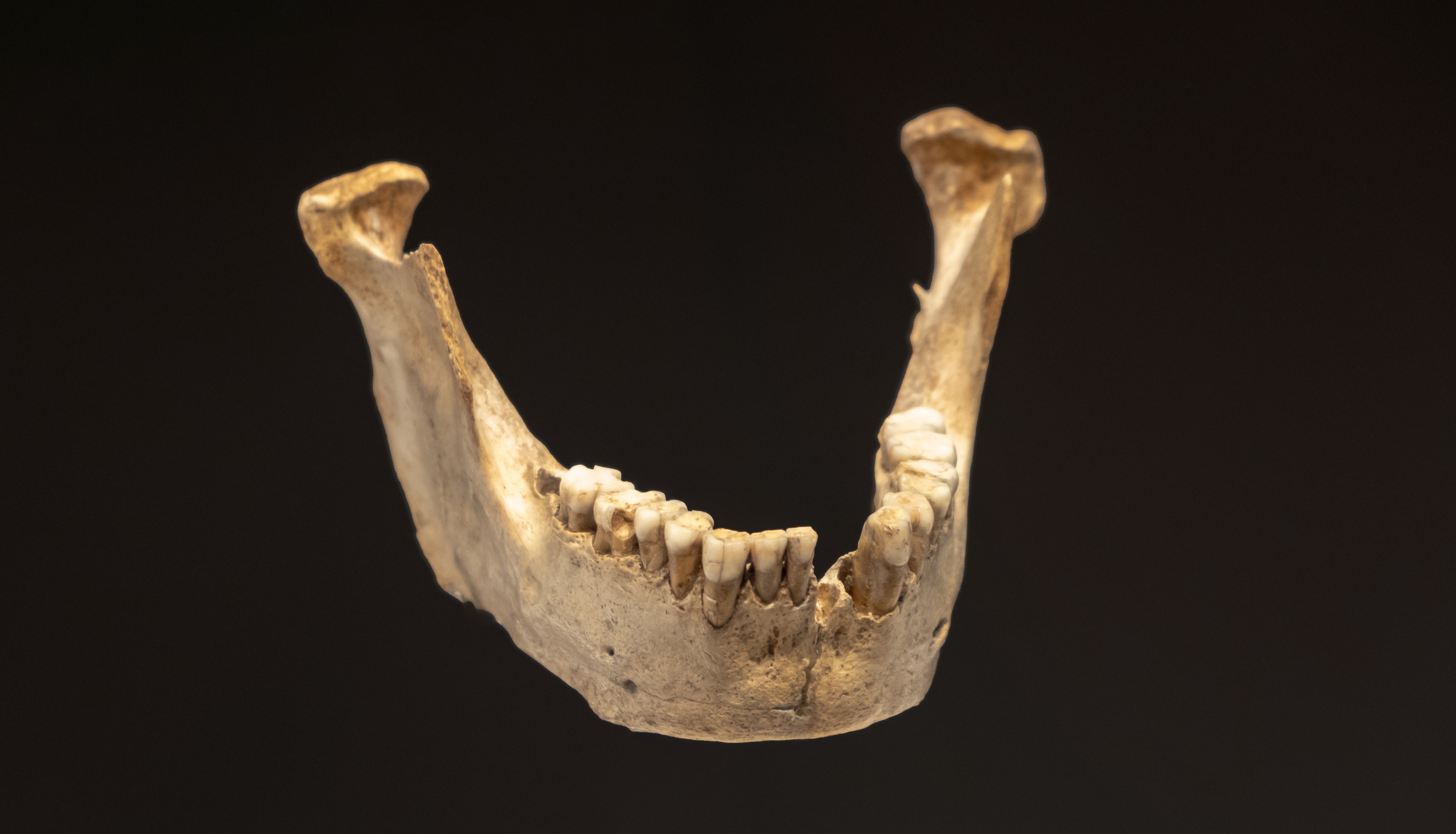Ancient Neanderthal and Paleolithic Teeth Show Signs of Childhood Stress
Posted on Categories Discover Magazine

For a team of researchers studying the effects of stress on ancient humans, their work wasn’t exactly like pulling teeth — but it did involve examining their enamel.
A study in Scientific Reports that used enamel defects as a proxy for stress, says that Neanderthal children (who lived between 400,000 years and 40,000 years ago) and Upper Paleolithic kids (who lived between 50,000 years and 12,000 years ago) experienced similar levels of stress — but at different times during their development.
Enamel Growth Patterns
So, why enamel? Because dental enamel forms during childhood and does not remodel, it preserves a record of childhood growth. As the enamel is laid periodically, regular growth patterns can usually be observed on the enamel surface, explains Laura Limmer, a professor at the University of University of Tübingen in Germany and an author of the study.
“Physiological stress, such as malnutrition, infections, etc., has been found to cause disruptions to these normal patterns,” says Limmer. “These disruptions or defects can thus be used to track stress.”
The researchers can also understand the times during development that dental crowns of the different tooth types form. They then can use the vertical locations of the defects on the tooth crowns to estimate the age at which they happened.
Limmer and her colleagues analyzed the dental enamel of 423 Neanderthal teeth (from 74 Homo neanderthalensis individuals) and 444 Upper Paleolithic humans (from 102 Homo sapiens individuals). They identified horizontal grooves of thinner enamel, which suggested early-life stress in these individuals. Those grooves represent either an interruption or reduction in enamel formation caused by stress.
During a stressful episode, the body tries to preserve energy or redirect energy use and thus reduces some functions, including growth.
Read More: Omnivorous Neanderthals: Study Says Their Teeth Show Evidence of Eating Plants
Neanderthal vs. Paleolithic Modern Humans
Their results showed that, overall, children in both groups experienced similar amounts of stress. However, what differed between the groups was the timing during childhood at which stress peaked.
In Upper Paleolithic modern humans, stress appeared to peak around the presumed weaning age, then quickly reduced. In Neanderthals on the other hand, even if the weaning period was as stressful as that for Upper Paleolithic modern humans, the period afterwards (post-weaning) appeared even more stressful.
“Thus, we conclude that these two hominin groups handled post-weaning stressors differently, suggesting social or behavioral differences in childcare,” says Limmer. “Modern humans appear to have been able to better mitigate post-weaning stress compared to Neanderthals.”
As far as implications for today’s children, Limmer says it’s difficult to compare interpretations of the past with practices of the present. However, it’s probably safe to say that any parenting practice that reduces stress in kids is beneficial.
“If we were to transfer this interpretation to modern day children, we could say that good nutrition, a supportive social network, and proper childcare overall reduces the developmental stress during childhood resulting in better health and survival chances into adulthood,” says Limmer.
Read More: Ancient Teeth and Bones Show Stone Age People Consumed a Paleo Diet
Article Sources
Our writers at Discovermagazine.com use peer-reviewed studies and high-quality sources for our articles, and our editors review for scientific accuracy and editorial standards. Review the sources used below for this article:
Before joining Discover Magazine, Paul spent over 20 years as a science journalist, specializing in U.S. life science policy and global scientific career issues. He began his career in newspapers, but switched to scientific magazines. His work has appeared in publications including Science News, Science, Nature, and Scientific American.